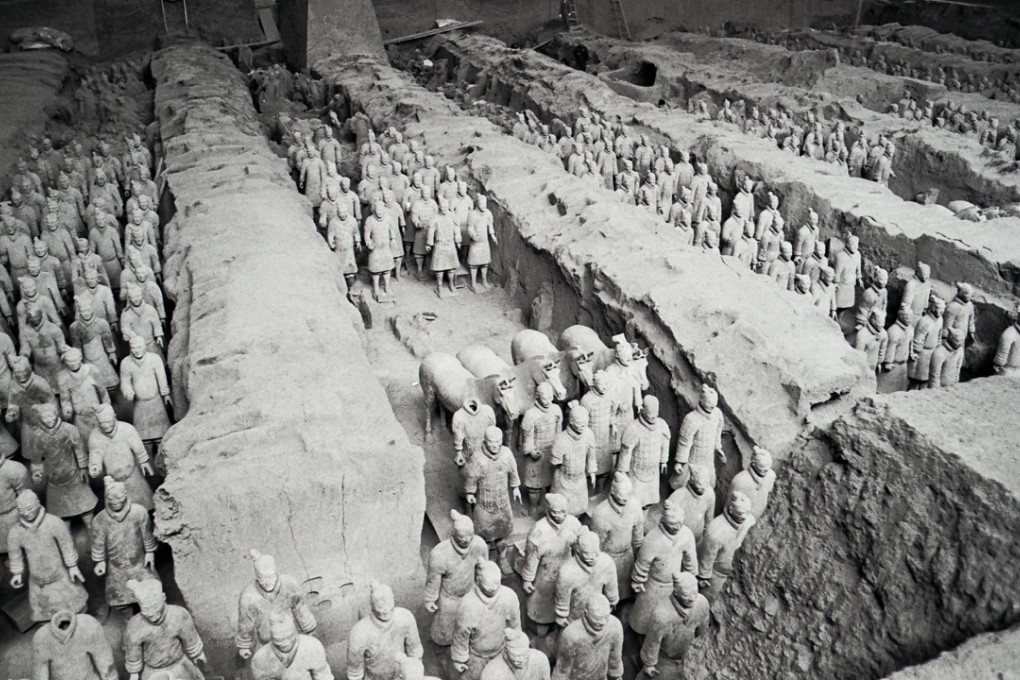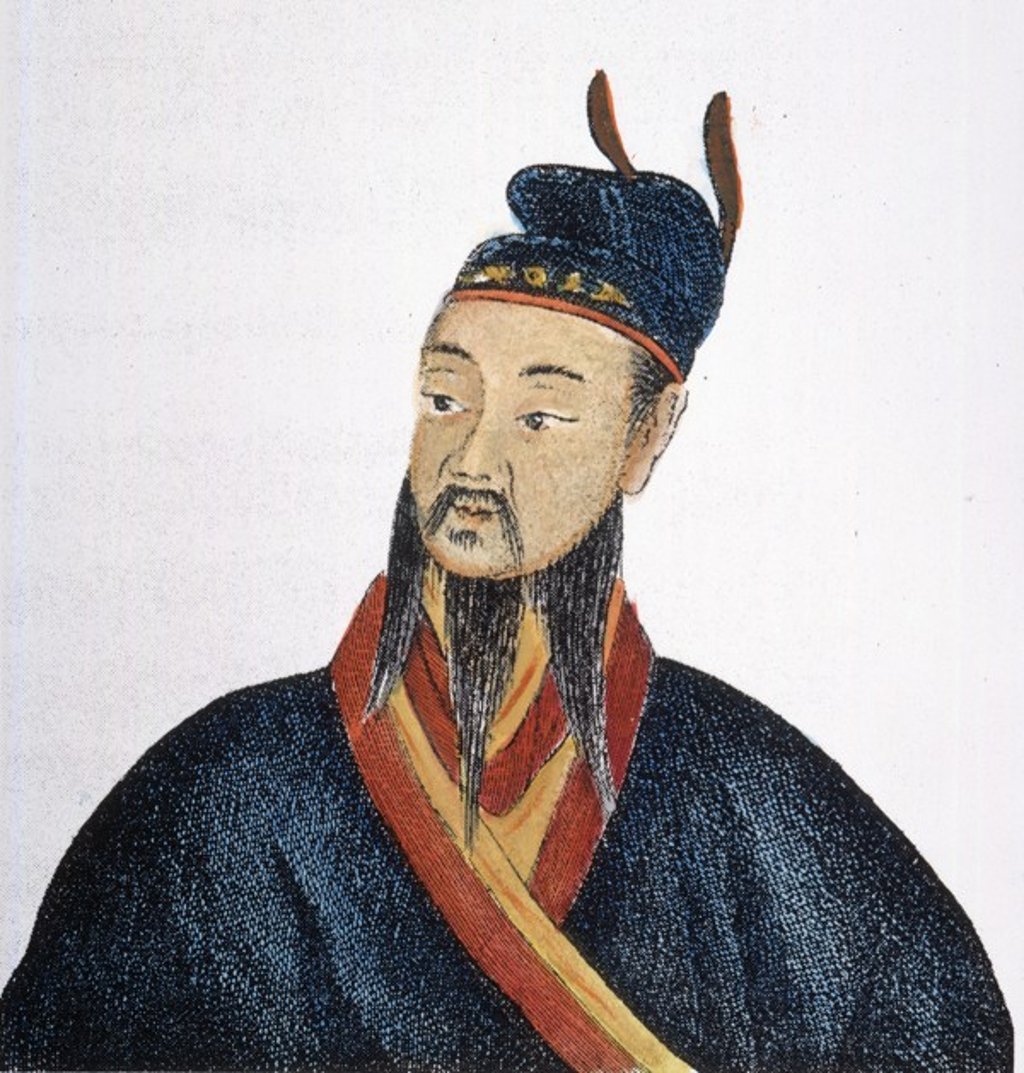When China’s ancient terracotta army was discovered in the 1970s
The South China Morning Post’s archives reveal how Chinese archaeologists unearthed the 2,100-year-old life-size figures from a pit in northwest China

“Chin Shih-huang’s ‘forgotten army’”, ran a headline in the South China Morning Post on July 16, 1975, hailing the discovery of the terracotta warriors, near Xian, in Shaanxi province.
“Chinese archeologists have unearthed 2,100-year-old life-size pottery figures of warriors and horses from a huge pit in northwest China” the story continued. “Since last July the archeologists have excavated some 1,000 metres of the estimated 12,600-square-metre pit, which they say may contain a total of some 6,000 warrior figures.”
To date, a total of 8,000 warrior figures in three pits have been found.

On July 24, the Post reported the publication by the People’s Daily, a day earlier, of two photographs to illustrate the find, and described it as being “one of the most important archeological discoveries of all time”.
“The discovery was made […] near the tomb of Emperor Chin Shih-huang,” the report said. “The warriors, lined up in ranks, carry real arms – crossbows, bows and arrows and lances and swords whose blades were still gleaming and rust-free.”